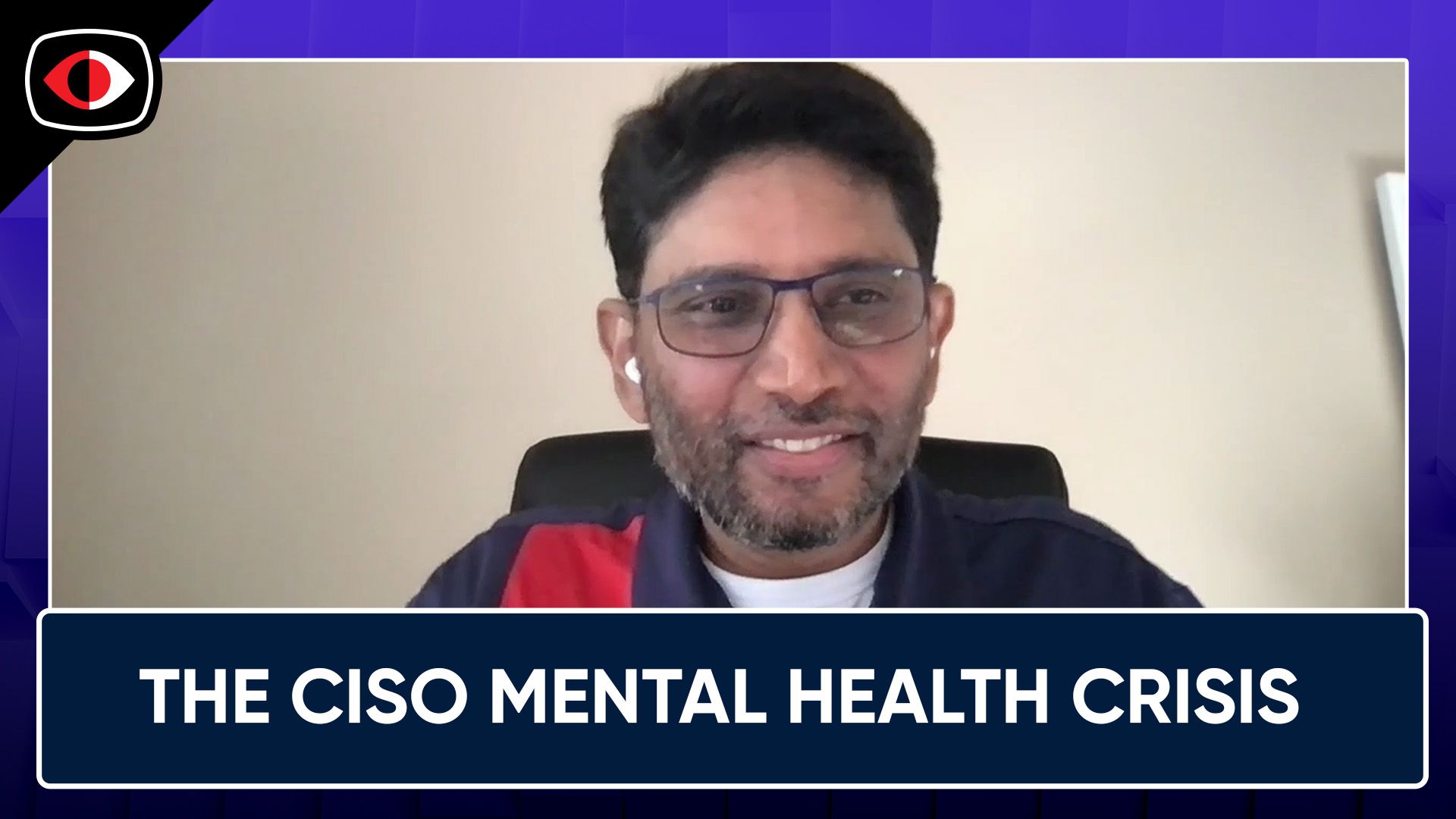CSO Role vs. Changing CISO Role as 60% of Both Roles are Omitted from SEC Filings – BSW #343
In the leadership and communications section, The CISO Role Is Changing. Can CISOs Themselves Keep Up? , Why do 60% of SEC Cybersecurity Filings Omit CSO, CISO Info?, How Co-Leaders Succeed, and more!
Announcements
Security Weekly listeners save $100 on their RSA Conference 2024 Full Conference Pass! RSA Conference will take place May 6 to May 9 in San Francisco and on demand. To register using our discount code, please visit securityweekly.com/rsac24 and use the code 54USECWEEKLY! We hope to see you there!
Hosts
- 1. What Is A Chief Security Officer? CSO Role Explained
A CSO, or chief security officer, manages security risks for an organization, from cyber attacks to physical intrusion, with the balance of these two functions depending on the organization.
- 2. The CISO Role Is Changing. Can CISOs Themselves Keep Up?
The role of chief information security officer (CISO) has expanded in the past decade thanks to rapid digital transformation. Now CISOs have to be far more business-oriented, wear many more hats, and communicate effectively with board members, employees, and customers alike, or else risk serious security failures.
- 3. Why do 60% of SEC Cybersecurity Filings Omit CSO, CISO Info?
Four in 10 publicly-traded companies disclosing their cybersecurity profiles in 10-K filings specifically mention a dedicated chief security (CSO) or chief information security officer (CISO), according to a recent Board Cybersecurity study.
Although calling out CSOs or CISOs in 10-K filings is not a reporting requirement — the requirements are flexible — it’s noteworthy that it's not mentioned in 60% of cases, given the importance placed on the role, particularly at large companies.
- 4. Insurance CROs Highlight Cybersecurity, AI, Climate Change as Key Risk Concerns – Risk & Insurance
Cybersecurity, artificial intelligence and climate change risks are among the top concerns of insurance company chief risk officers (CROs), according to a new survey by EY and the Institute of International Finance.
- 5. Why governance, risk, and compliance must be integrated with cybersecurity
With pressure from regulators, evolving threats and the need for stronger oversight, integrating cybersecurity risks into GRC programs requires alignment between both areas.
- 6. How Co-Leaders Succeed
Co-leadership, where an executive, department, or team leadership role is shared, can result in more creative and strategic problem solving and wiser decision making. But it can also lead to unhealthy game playing in the pursuit of dominance and positioning for the next role, resulting in organizational misalignment, inertia, and confusion. It doesn’t have to be this way. You don’t have to become a political animal who spends their days looking to outmaneuver their co-leader. Instead, perform this role with integrity, canniness, and positivity, recognizing that it will feel uncomfortable at times. These seven strategies will increase your chances of making your co-leadership a success.







